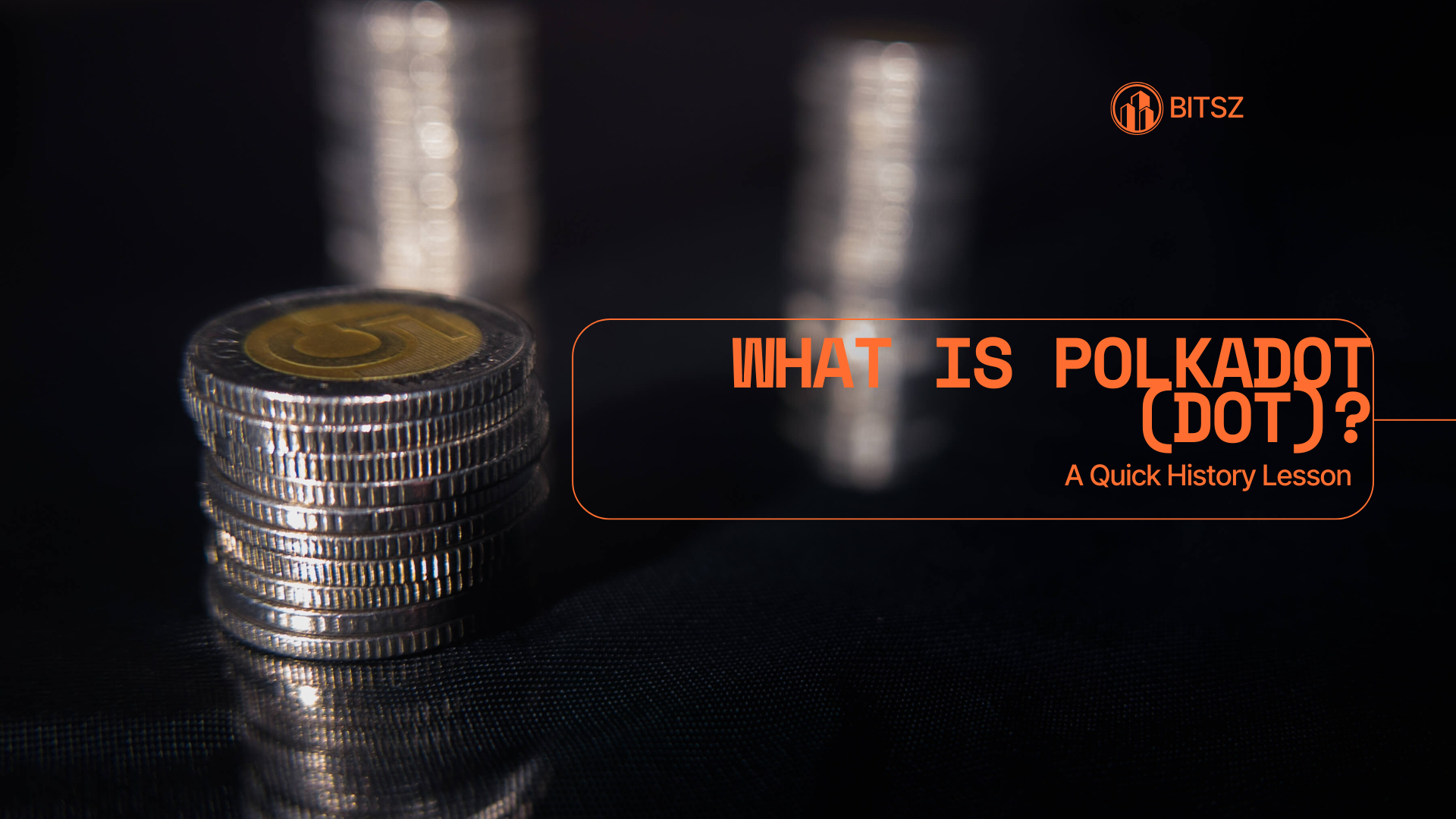
Polkadot is a multichain network designed for interoperability—a way for many specialized blockchains to plug into a shared security layer and talk to each other. The idea was laid out by Ethereum co-founder Gavin Wood in a 2016 white paper that proposed a heterogeneous multi-chain with a minimal “relay” core and many flexible “parachains.”
In practice, Polkadot’s relay chain handles consensus and security, while parachains provide the features users actually touch: DeFi, gaming, identity, data availability, and more. The result is a network that aims to scale by running different blockchains in parallel—and letting them exchange messages natively.
A (very) short timeline
- 2016: Gavin Wood publishes the Polkadot white paper outlining a relay-plus-parachains model.
- May–July 2020: Polkadot launches, first under a guarded phase, then transitions to Nominated Proof of Stake (NPoS) and removes the “Sudo” superuser key—handing governance to DOT holders and making the chain fully decentralized.
- August 2020: The community approves a 1:100 DOT redenomination (units only; proportional ownership unchanged).
- Late 2021 onward: Parachains roll out, connecting application-specific chains to Polkadot’s relay chain.
- 2024: Polkadot retires parachain slot auctions and introduces Agile Coretime, a more flexible way to access relay-chain compute. (Existing leases migrated; ongoing auctions were canceled.)
- 2024–2025: Governance evolves to OpenGov, a fully on-chain system with specialized “tracks” and flexible delegation.
- Mid-2025: Ongoing upgrades to the Coretime system chain (e.g., runtime v1.6.0) adjust pricing and increase the number of cores, reflecting Polkadot’s scaling path.
Bonus context: Kusama (KSM) is Polkadot’s “canary network”—a faster-moving, more experimental counterpart where new features often ship first.
How Polkadot works (without the jargon overload)
Relay chain + parachains
Polkadot’s relay chain provides shared security. Parachains are application-specific chains that plug into it, validated by the relay chain’s validators. This parallelism is how Polkadot targets throughput without cramming every app onto one chain.
XCM: the “language” for cross-chain
Polkadot’s Cross-Consensus Messaging (XCM) is a format for sending instructions and assets between chains (both within Polkadot and beyond). Think of XCM as the message content, while transport layers (like XCMP/HRMP) do the delivering.
NPoS staking
Polkadot uses Nominated Proof of Stake. Validators run the network; nominators back trusted validators with their DOT. Elections happen regularly, aiming for decentralization and security while distributing rewards to participants.
Built with Substrate
Most Polkadot-connected chains are built with Substrate, Parity’s modular blockchain framework that supports forkless runtime upgrades and custom logic. Substrate underpins the rapid iteration you see across parachains and system chains.
Governance today: OpenGov
Polkadot’s OpenGov lets the community propose, debate, and enact changes entirely on-chain. It uses multiple “tracks” (e.g., treasury, root, small-tippers) so different proposal types can be assessed with appropriate thresholds/timelines. Holders can delegate by track to subject-matter experts. The aim is faster, more specialized decision-making without sacrificing transparency.
Polkadot 2.0—what changed and why it matters in 2025
You’ll hear three phrases a lot:
- Agile Coretime – Instead of long, rigid slot leases, teams can buy blockspace (coretime) in bulk or on demand, matching capacity to real usage. This model replaced auctions in September 2024 and continues to evolve in 2025 via the Coretime system chain.
- Async Backing – Throughput improvements for parachains, designed to keep blocks flowing efficiently. (Part of the Polkadot 2.0 set of changes discussed across community channels.)
- Elastic Scaling – The idea that available “cores” can scale with demand so more chains and workloads fit comfortably.
Why you should care: for builders, this means smoother access to capacity (buy only what you need; renew as you grow). For users, it should translate into more apps and steadier performance as demand ebbs and flows. For DOT, it ties network usage more directly to coretime markets—the forum has even documented updates like minimum coretime prices and core count increases (e.g., 66 → 100 cores) as of mid-2025.
What DOT is for
The DOT token has three marquee roles:
- Security & staking: DOT backs validators in NPoS; good behavior earns rewards; misbehavior risks slashing.
- Governance: DOT powers proposals and voting in OpenGov, steering upgrades and treasury.
- Economics of blockspace: DOT is central to coretime economics—governance can tune parameters like minimum prices for coretime sales on the system chain.
Note: In August 2020, DOT units were redenominated 1:100 after a community process (ownership percentages unchanged). If you’re reading old material, mind the unit change.
Why Polkadot still matters in 2025
Interoperability that’s native, not bolted on. With XCM, Polkadot treats cross-chain actions as a first-class feature, not an afterthought. That’s a crucial difference when you’re moving assets or instructions between chains every minute.
Composable blockspace. By swapping auctions for Agile Coretime, Polkadot made blockspace programmable and market-driven. Teams can buy capacity the way startups buy cloud credits—burst when needed, economize when quiet.
Democracy with gears. OpenGov shows how on-chain governance can be both rigorous and agile: targeted tracks, expert delegation, and transparent execution.
Final take
If you think the future is multi-chain, Polkadot is worth understanding. Its core ideas—shared security, native interoperability (XCM), flexible blockspace markets (Agile Coretime), and on-chain governance (OpenGov)—are the pillars behind the 2025 roadmap. The network’s thesis hasn’t changed since 2016; it’s just more practical now: build exactly the chain you need, let it talk to others securely, and scale your blockspace like cloud compute.
Whether you’re a developer choosing a stack or an investor mapping the best altcoin future narratives around interoperability and scaling, Polkadot’s history explains its present: a relay chain built to host many chains—each doing its job, all working together.